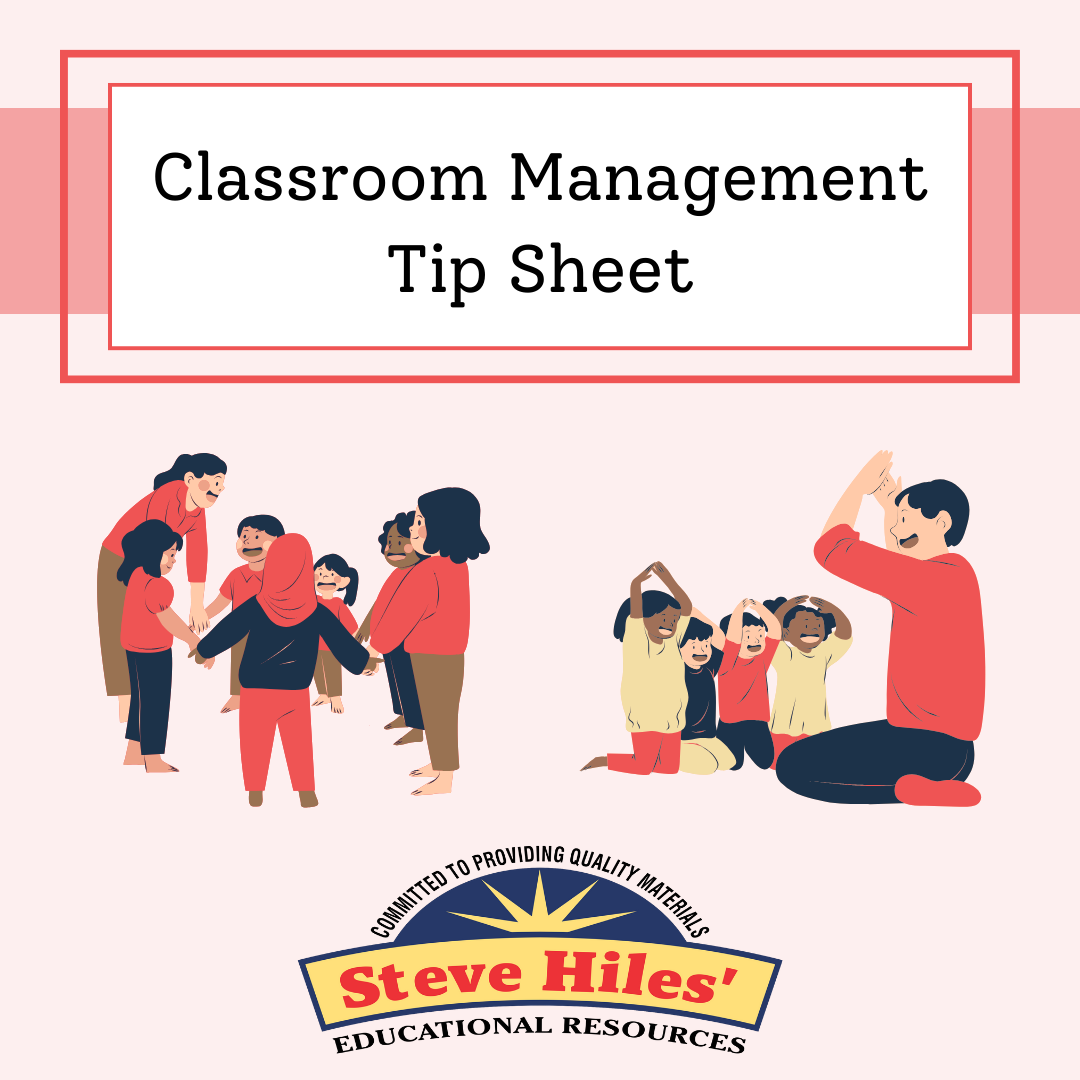Teaching kids about handling money from an early age is really important to help them build a solid foundation for managing finances well into the future! Some might think financial education is for older students but creating a financial literacy program tailored for kids in kindergarten through 5th grade can actually make a big difference! By simplifying money concepts into lessons that suit their age group and level of understanding we can help children grasp the importance of managing money and making smart choices when it comes to budgeting and saving.
Table of Contents
ToggleWhy is it important to teach kids about money management at an early age during their elementary school years?
Kids start forming their beliefs about money before they hit middle school age. Introducing literacy at an early age promotes good money habits and encourages a positive outlook on finances. It also gives children the skills they’ll use for making choices down the road. Teachers can kick off this learning journey in school by laying the foundation of know how that will evolve with the students as they grow up.
Tailoring Financial Education According to School Grade Levels.
In the lower grades, like kindergarten and 1st grade children are starting to grasp the idea of money slowly and steadily progressing with it. The activities should be centered around concepts, like recognizing coins and bills while also comprehending that money is what we use to buy things and services. Teachers can make learning fun through activities like pretending to shop at a grocery store helping kids understand how money is traded for items.
In the second and third grade curriculum students are introduced to the concepts of saving and spending as they mature and understand these ideas better. Teachers can use storytelling as a method to teach budgeting concepts where characters aim to save up for a toy or experience. By using charts or visuals that demonstrate how saving small amounts of money can accumulate into a sum over time helps students appreciate the value of waiting for delayed gratification.
In the 4th to 5th grade level of education curriculum focuses on budgeting and decision-making skills for students, at this stage of their learning journey. They are introduced to concepts like developing budgets to manage expenses effectively and discerning between needs and optional wants. Moreover, they learn the importance of making decisions by engaging in interactive activities like simulating an allowance budget exercise where they distribute money among various categories such as savings, entertainment and essential items.

The Long-Term Consequences
Teaching kids about money can boost their self-assurance in handling finances as they get older. By introducing money matters in elementary school gradually kids can start middle and high school with a solid grasp, on managing budgets saving and making wise financial choices.
Integrating financial education courses into the elementary school curriculum gives learners the tools to cultivate money management skills for a lifetime of financial well-being.
I had the pleasure of discussing with Vince Shorb, one of the country’s leading advocates for promoting financial literacy and a thought leader in teaching and scaling financial education programming. It was a very enlightening conversation. When you get a moment give it a listen. Go Here!Teaching kids about handling money from an early age is really important to help them build a solid foundation for managing finances well into the future! Some might think financial education is for older students but creating a financial literacy program tailored for kids in kindergarten through 5th grade can actually make a big difference! By simplifying money concepts into lessons that suit their age group and level of understanding we can help children grasp the importance of managing money and making smart choices when it comes to budgeting and saving.
Why is it important to teach kids about money management at an early age during their elementary school years?
Kids start forming their beliefs about money before they hit middle school age. Introducing literacy at an early age promotes good money habits and encourages a positive outlook on finances. It also gives children the skills they’ll use for making choices down the road. Teachers can kick off this learning journey in school by laying the foundation of know how that will evolve with the students as they grow up.
Tailoring Financial Education According to School Grade Levels.
In the lower grades, like kindergarten and 1st grade children are starting to grasp the idea of money slowly and steadily progressing with it. The activities should be centered around concepts, like recognizing coins and bills while also comprehending that money is what we use to buy things and services. Teachers can make learning fun through activities like pretending to shop at a grocery store helping kids understand how money is traded for items.
In the second and third grade curriculum students are introduced to the concepts of saving and spending as they mature and understand these ideas better. Teachers can use storytelling as a method to teach budgeting concepts where characters aim to save up for a toy or experience. By using charts or visuals that demonstrate how saving small amounts of money can accumulate into a sum over time helps students appreciate the value of waiting for delayed gratification.
In the 4th to 5th grade level of education curriculum focuses on budgeting and decision-making skills for students, at this stage of their learning journey. They are introduced to concepts like developing budgets to manage expenses effectively and discerning between needs and optional wants. Moreover, they learn the importance of making decisions by engaging in interactive activities like simulating an allowance budget exercise where they distribute money among various categories such as savings, entertainment and essential items.
The Long-Term Consequences
Teaching kids about money can boost their self-assurance in handling finances as they get older. By introducing money matters in elementary school gradually kids can start middle and high school with a solid grasp, on managing budgets saving and making wise financial choices.
Integrating financial education courses into the elementary school curriculum gives learners the tools to cultivate money management skills for a lifetime of financial well-being.
I had the pleasure of discussing with Vince Shorb, one of the country’s leading advocates for promoting financial literacy and a thought leader in teaching and scaling financial education programming. It was a very enlightening conversation. When you get a moment give it a listen. Go Here!









